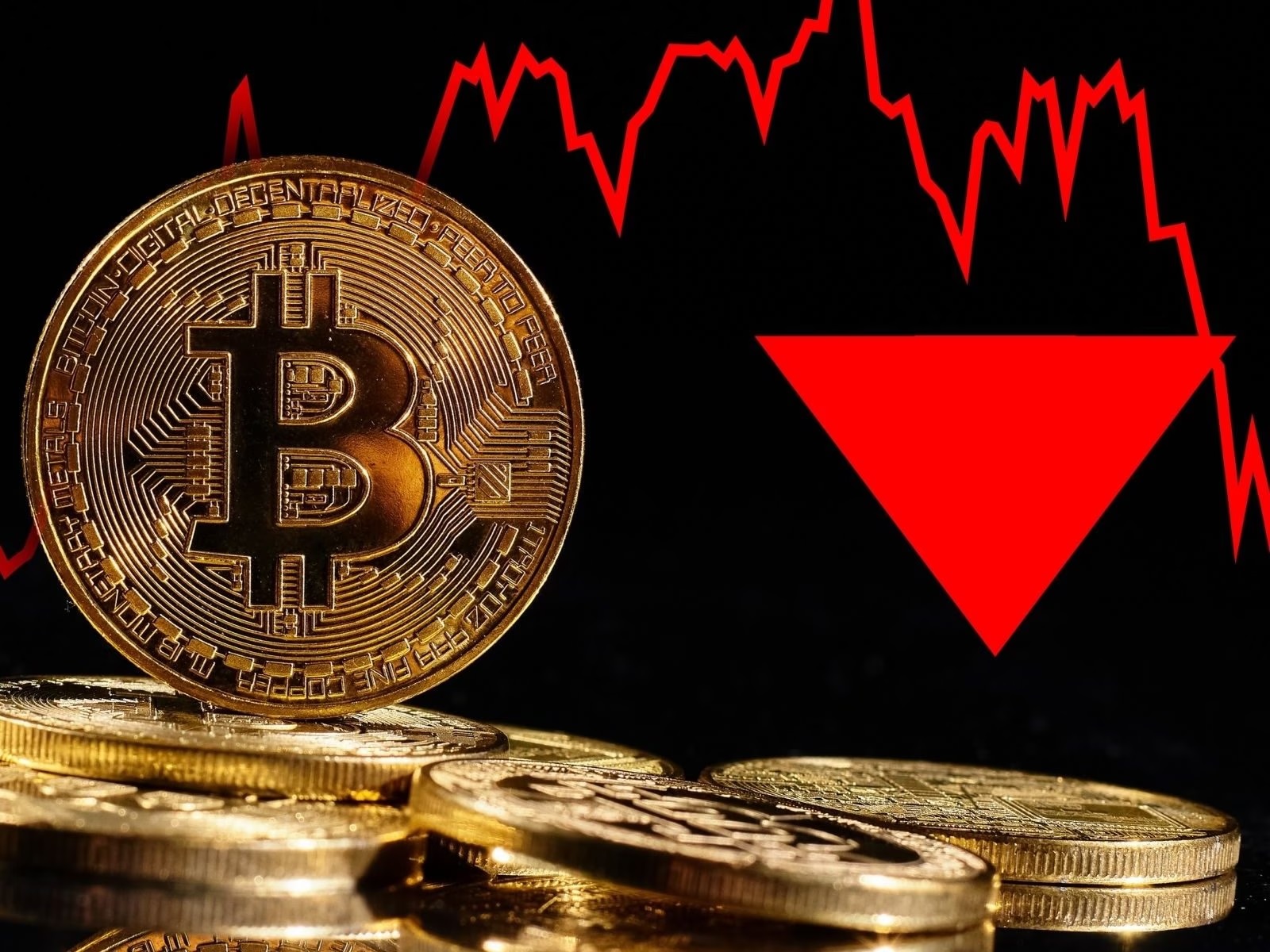- U.S. institutional demand grew, while Japan maintained a steady resurgence in Bitcoin adoption after earlier setbacks.
- Latin America led innovation with ETF offerings, and Turkey favored stablecoins amid economic instability.
According to an analysis by Kaiko Research, summarized by ETHNews, the global cryptocurrency market in 2024 demonstrated clear distinctions. Bitcoin maintained prominence in developed nations, while stablecoins and altcoins grew in popularity across emerging economies.

The study highlighted how regulatory policies, economic conditions, and trading behaviors shaped adoption patterns worldwide.
Regional Highlights from 2024
United States: Institutional Leadership

The U.S. emerged as a leader in institutional Bitcoin adoption. Companies like MicroStrategy, holding over 400,000 BTC, strengthened Bitcoin’s role as a treasury asset. The approval of spot ETFs for Bitcoin and Ethereum further solidified this position.
- BTC share in USD pairs: 49%
- Cumulative USD trading volume: $1.476 billion
South Korea: Retail-Driven Market

In South Korea, retail traders dominated activity, with phenomena such as the Kimchi Premium and Upbit listing premiums creating unique pricing dynamics.
- BTC share in KRW pairs: 30%
- Cumulative KRW trading volume: $1.377 billion
Japan: Post-Mt. Gox Resurgence

Japan maintained cautious optimism following the Mt. Gox incident, yet ranked third globally in Bitcoin trading volume against fiat. Anticipated ETF approvals for 2025 were expected to bolster the market further.
- BTC share in JPY pairs: 84%
- Cumulative JPY trading volume: ¥114 trillion (~USD 781 billion)
Turkey: Stablecoins and Altcoins in Focus

In Turkey, USDT served as a hedge against lira devaluation, while traders diversified into altcoins like XRP to explore new opportunities.
- BTC share in TRY pairs: 6%
- Cumulative TRY trading volume: ₺189 billion (~USD 6.9 billion)
Brazil: Latin America’s Crypto Pioneer

Brazil’s progressive regulatory framework encouraged crypto adoption, making it a leader in Latin America. The introduction of BTC, ETH, and SOL ETFs reinforced its position.
- BTC share in BRL pairs: 34%
- Cumulative BRL trading volume: R$17 billion (~USD 3.4 billion)
Mexico: Local Platforms Dominate

Bitso maintained a dominant share of BTC-MXN transactions, accounting for 93% of the market, despite increased competition from Binance.
- BTC share in MXN pairs: 18%
- Cumulative MXN trading volume: MX$9.5 billion (~USD 520 million)
Africa and Europe: Regulatory Clarity Stabilized Markets
Europe’s MiCA regulation, implemented in 2024, provided clearer guidelines for the crypto sector, leading to greater institutional participation and market stability.
In Nigeria, despite government crackdowns reducing access to the Naira-BTC pair, the country remained a global leader in crypto adoption, showcasing the resilience of peer-to-peer trading.











